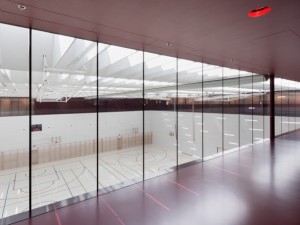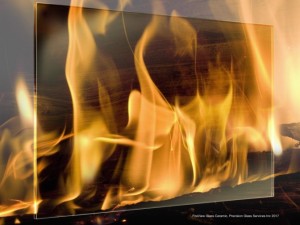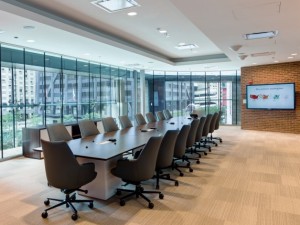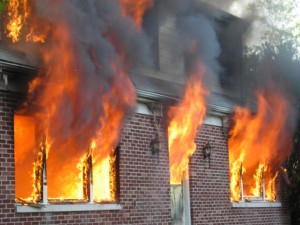Glass Ceramic or Barrier to Heat?
Whether you are in search of:
Fire Doors
CAN4 – S104 Tests of Door Assemblies
UL10C Positive Pressure Fire Tests of Door Assemblies
Fire Windows
CAN4-S106 Standard method for fire tests of window and glass block assemblies.
UL9 Fire Tests of Window Assemblies
Fire-Rated Glass Ceramic, fire-protective glass is designed to compartmentalize building sections and block smoke and flames, but not the transfer of heat to the opposite side of the glass. Fire ratings range from 20 to 180 minutes. There are limitations as to where in the building it can be used and to its maximum area (typically ≤ 25% of the wall). CAN 4 S-106, CAN 4 S-104
Fire-Resistive Glass
CAN/ULC-S101 Fire Endurance Tests of Building Construction and Materials
UL263 Standard for Fire Tests of Building Construction and Materials
Fire-Resistive Glass (Fire-Resistance-Rated Glass) is made with two or more layers of safety glass with an intumescent interlayer or gel, providing insulating layer (s) to not only block smoke and flames but also provide a barrier to heat. The glass conforms to ASTM E-119, UL / ULC 263 and CAN 4 S-101. (Fire Tests of Building Construction Materials) non-load-bearing-wall test requirements and does not face area limitations due to its heat insulation characteristics.
Fire-Resistive Glass is employed to prevent the spread of fire through conduction, convection or radiation (heat transfer). This helps reduce the risk of burns and also impeded egress that can occur due to the sensation of heat experienced by building occupants. Source: Vetrotech/Saint-Gobain
Precision Glass Services Inc., is here to help with all of your inquiries.




